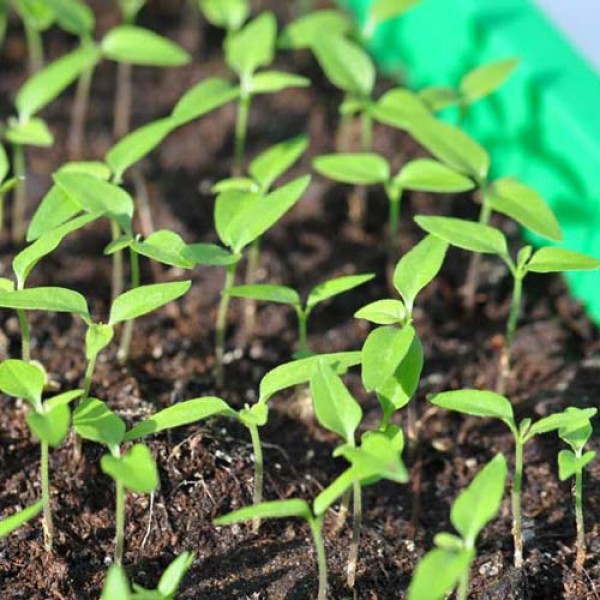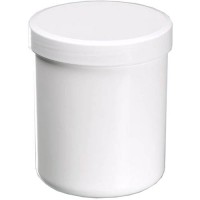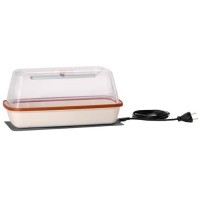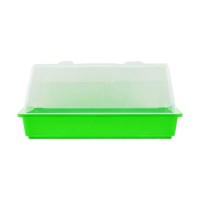How to germinate chillies

How to germinate chillies
How to grow Chillies from seeds - tricks to get them to sprout
Chilli seeds can be stored for many years (even decades) if they are dried and then stored in an airtight, dark, cool and dry place. Sufficient moisture and warmth, in turn, ensure that the seed awakens from its hibernation and germinates.
You can actively support this process with our step-by-step instructions.
1. Soak the chilli seeds in tea (dressing) before planting.
Why do this? Soaking accelerates the rehydration of the seed and thus its awakening from hibernation. The longer the seed lies in the growing soil, the greater the risk that germs and moulds will damage it. For this reason, dressed seeds are used in agriculture, because the dressing protects the seed. This technique has been used since ancient times.
For this reason, one should use an organic dressing, e.g. cooled chamomile tea, which has an antibacterial and mould-inhibiting effect. We refuse to use chemical treatments.
You need:
- a screw-top plastic or glass jar that can be labelled
- the seeds you want to germinate
- chamomile tea (brew and let cool)
Then soak the seeds, separated by variety, in the jar in chamomile tea for 24 hours. Then sow the seeds as described in the next section.
2. The appropriate substrate
It is important to use low-nutrient and germ-free growing soil. Germ-free soil can be achieved by placing it in a 200°C oven for 15 minutes (on a baking tray with baking paper underneath, this makes it easier to cool and transfer).
What has worked best for us for germination is the following procedure:
- Put the growing soil in a mini greenhouse, cover the entire bottom about 3 cm high and moisten well.
- Then place the soaked seeds on top with 2 - 3 cm apart (this makes it easier to transplant later). It is advisable to arrange the varieties in rows and label them. Or use adhesive labels on the outer edge of the greenhouse.
- Spread an approx. 0.5 cm thick layer of dry growing soil on top. The existing moisture from the lower layer will be drawn upwards and it will generally not be necessary to water again.
- Place the greenhouse lid on top and close the ventilation slits to keep the moisture in the greenhouse.Application against fungal infestation in the garden
3. Constant environmental conditions
Constant environmental conditions are essential for a good germination rate.
- We recommend a heating mat for maintaining a constant temperature of about 28°C to 30°C in the propagator. Avoid direct sunlight at all costs. Chillies germinate without any daylight and do not like temperature peaks.
It is not sufficient to place the greenhouse on the window sill or the heating. On the heating system it gets too cool at night due to the night setback and too hot during the day when the sun shines through the window. - Now it is time to wait. Unlike many other vegetables, chillies need time to germinate. Especially with the heat-loving Capsicum chinense varieties, 3 weeks can pass before a seedling dares to emerge. During this time you don`t need to do much, except be patient: do not move to another place, do not put in the sun, do not change the temperature, do not water too much (but do not let dry out either).
- It may be necessary to moisten a little, which is best done with a water spray bottle. Avoid waterlogging at all costs.
- When the seedling is visible, open the ventilation flaps. Now the seedlings need a lot of light, otherwise they will "stalk". This means they look for light and develop very thin stems.
In a nutshell: What will kill my seed?
- Temperature peaks above 39°C, e.g. due to direct sunlight
- Germs and moulds are usually already present in the soil, on the seed and in the air. You can avoid moulding by protecting the seed with a biological dressing, and by accelerating the germination process.
- Phases of desiccation (especially if the seed shell has already breaked through).
- Impatience (too frequent opening of the lid or moving of the greenhouse and thus temperature and humidity fluctuations)
Manufacturer
Name: | Chili-Food-Wissen |
Address: |
Tolle und anschauliche Übersicht
Gute und anschauliche Anleitung zur Anzucht von Chilipflanzen. Werde meine Methoden weiter optimieren. Danke














